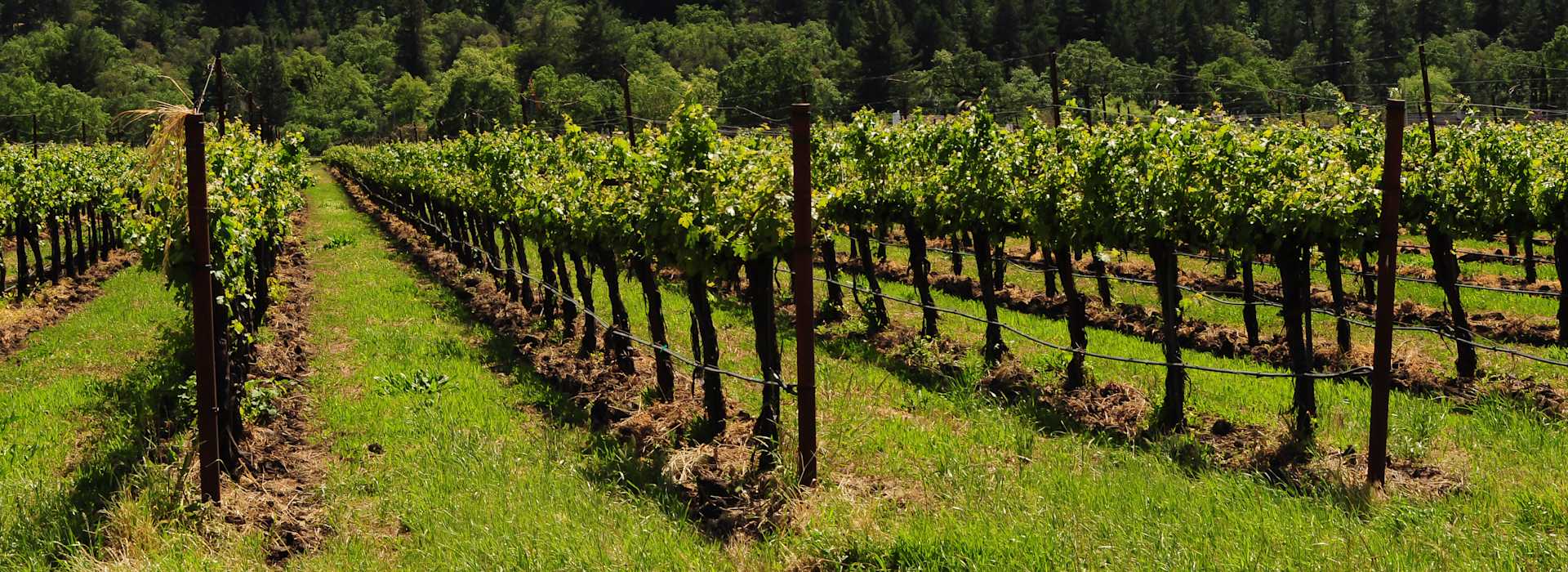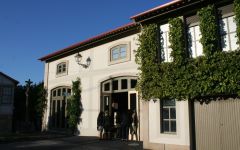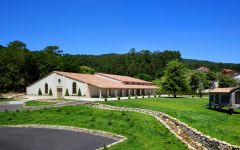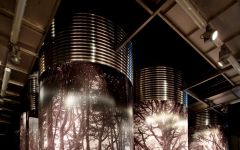Lagar de Fornelos Lindeiros Albarino 2021
-
James
Suckling - Vinous
-
Robert
Parker
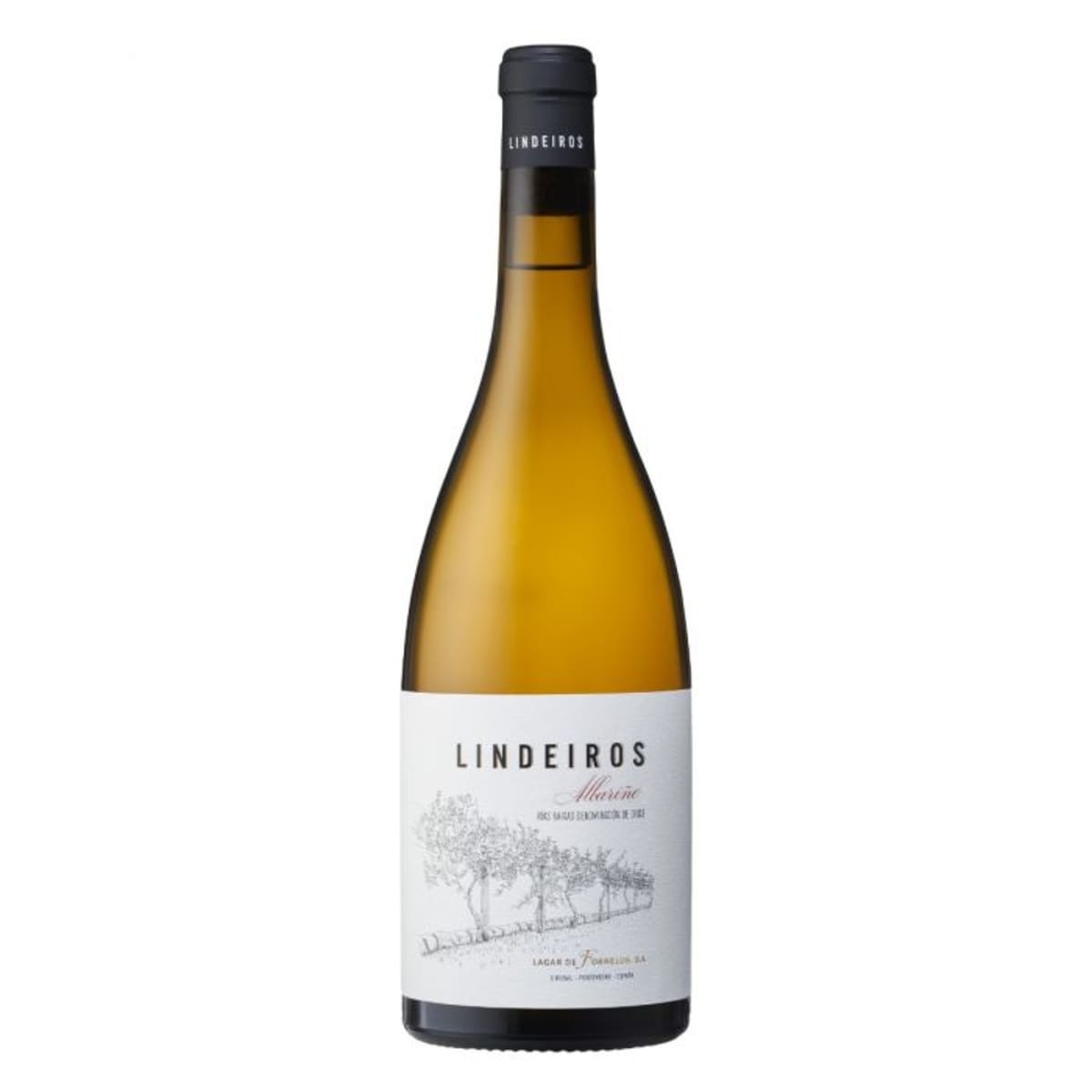


Product Details
Your Rating
Somm Note
Winemaker Notes
Bright straw yellow with greenish reflections. Deep and complex on the nose, with aromas of apple and melon that highlight a delicate layer of white flowers. With a saline character and good body, it shows a fleshy texture on the palate. Persistent maritime influence and a delightful finish. Great aging potential.
Professional Ratings
-
James Suckling
Aromas of fresh green melon, sliced green apples, honeysuckle, flint and salt follow through to a medium to full body with a round texture. Fleshy texture. Layered. Delicious finish. Fermented in concrete eggs and 500-liter French barrels. Very artisanal feel to this small production wine of only 4,500 bottles. From the owners of La Rioja Alta. Spring 2024 release. Drink or hold.
-
Vinous
The 2021 Albariño Lindeiros, sourced from Canvados in Rías Baixas, underwent fermentation and aging for 12 months in used French oak barrels. With a yellow hue and a greenish sheen, it boasts grapefruit aromas complemented by herbal and tropical notes, all atop an oaky core. On the palate, it offers a dry, saline, nervous experience, with a taut and refreshing mouthfeel that lingers with a modern twist. This intense and flavorful Rías Baixas Albariño beautifully expresses both the tropical and refreshing characteristics of the variety.
-
Robert Parker's Wine Advocate
A new Albariño, the 2021 Lindeiros was produced with grapes from a vineyard planted in 1987 that they bought in 2021, 3.8 hectares on granite soils in Cambados next to their Viña Deiro vineyard. It fermented in their newly built winery at 15 degrees Celsius in three different containers: a 600-liter egg-shaped concrete tank, 400-liter French oak barrels and the rest in stainless steel tanks. The aging took place in the same containers and lasted 12 months. It has 13.1% alcohol and 6.2 grams of acidity. It has a lemony nose with some complexity, floral hints and white fruit and a fresh, fruit-driven palate with clean flavors and a faint bitter twist in the finish that is dry and faintly tropical. It develops notes reminiscent of tangerine peel with time in the glass, and with some more time, the oak emerges.

Bright and aromatic with distinctive floral and fruity characteristics, Albariño has enjoyed a surge in popularity and an increase in plantings over the last couple of decades. Thick skins allow it to withstand the humid conditions of its homeland, Rías Baixas, Spain, free of malady, and produce a weighty but fresh white. Somm Secret—Albariño claims dual citizenship in Spain and Portugal. Under the name Alvarinho, it thrives in Portugal’s northwestern Vinho Verde region, which predictably, borders part of Spain’s Rías Baixas.

Named after the rías, or estuarine inlets, that flow as far as 20 miles inland, Rías Baixas is an Atlantic coastal region with a cool and wet maritime climate. The entire region claims soil based on granite bedrock, but the inlets create five subregions of slightly different growing environments for its prized white grape, Albariño.
Val do Salnés on the west coast is said to be the birthplace of Albariño; it is the coolest and wettest of all of the regions. Having been named as the original subregion, today it has the most area under vine and largest number of wineries.
Ribeira do Ulla in the north and inland along the Ulla River is the newest to be included. It is actually the birthplace of the Padrón pepper!
Soutomaior is the smallest region and is tucked up in the hills at the end of the inlet called Ria de Vigo. Its soils are light and sandy over granite.
O Rosal and Condado do Tea are the farthest south in Rías Baixas and their vineyards actually cover the northern slopes of the Miño River, facing the Vinho Verde region in Portugal on its southern bank.
Albariño gives this region its fame and covers 90% of the area under vine. Caiño blanco, Treixadura and Loureira as well as occasionally Torrontés and Godello are permitted in small amounts in blends with Albariño. Red grapes are not very popular but Mencía, Espadeiro and Caiño Tinto are permitted and grown.
